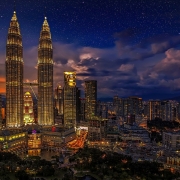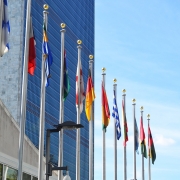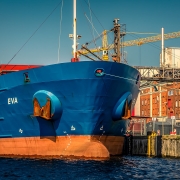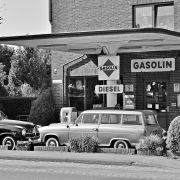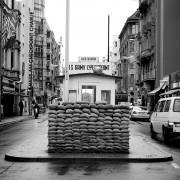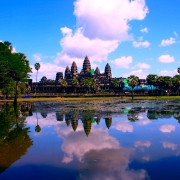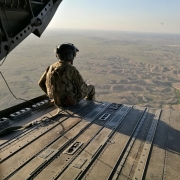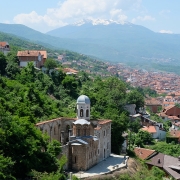How did Malaysia develop its economy?
About Malaysia’s economic development
The Malaysian economy underwent a stable transition from colonial rule to independence. It started out as an export economy that began to modernise via industrialization and agricultural reforms. The introduction of the New Economic Policy (NEP) in 1970 was a major turning point as the government took on an active role that led to successful economic development.
Topic of Study [For H2 History Students]:
Paper 2: Economic Development after Independence
Section B: Essay Writing
Theme II Chapter 1: Paths to Economic Development
1957 to 1969: [Alliance] Minimal government intervention
At the early stages of independence, Malaya had an export economy that focused on tin mining and rubber. Also, given its large geographical size, agricultural development was featured as well.
As such, the Malaysian government established the Federal Land Development Authority (FELDA) in July 1956 to facilitate the resettlement of the rural poor into newly-developed areas. Under the Land Development Act, FELDA contributed to the re-distribution of land to the Malay settlers.
Besides, the government introduced indirect forms of intervention, as seen by the Pioneer Industries Ordinance in 1958, which nurtured the growth of import-substituting industries. As a result, the manufacturing sector grew in the 1960s.
1970 to 1980: [Barisan Nasional] New Economic Policy
Although there were attempts at economic development in the 1950s and 1960s, the progress were arguably inadequate. Therefore, the New Economic Policy (NEP) [Dasar Ekonomi Baru] was introduced by the government to pursue poverty alleviation and socio-economic restructuring.
The government invested substantially on rural development in the 1970s and 1980s, as evidenced by the intensification of the FELDA schemes. In fact, nearly RM15.1 billion was spent on the the development of human and physical capital to improve the well-being of the population.
Furthermore, the Perbadanan Nasional Berhad (PNB) was formed in March 1978 to enhance economic equity. As part of the NEP, the PNB raised the share of ownership for the bumiputera (i.e. indigenous community). For example, the PNB acquired shares of major foreign-owned corporations, such as Sime Darby (1979).
Besides, the Free Trade Zone Act was passed in 1971 to facilitate export-oriented industrialization (EOI). The government aimed to create a conducive business environment to attract foreign investors.
1981 to 1997: National Development Policy
Under the guidance of Mahathir, the Malaysian government engaged in economic diversification to maintain international competitiveness.
In the industrial sector, there was a major transition towards heavy industrialization. In 1980, the Heavy Industries Corporation of Malaysia Berhad (HICOM). In 1990, the Diversified Resources Berhad (DRB) was established. The DRB-HICOM eventually became one of Malaysia’s top corporations that oversaw automotive manufacturing, assembly and distribution. The main purpose of this corporation is to undertake joint ventures with foreign companies, such as Volkswagen and Honda. In fact, the national car, ‘Proton‘, was developed in the process.
More importantly, the New Economic Policy (NEP) was concluded in 1990 and replaced by the National Development Policy (NDP). Mahathir envisioned a fully-industrialized Malaysia through the use of technology, as described by the Action Plan for Industrial Technology Development (1990). This could be traced back to the formation of the National Council for Scientific Research and Development in 1975. As such, the government invested heavily in Research and Development (R&D). For example, the budget for 7th Malaysia Plan (1996-2000) was at RM 3,049 million. Notably, the Multimedia Super Corridor was one of the foremost research projects to encourage the clustering of local and international firms that specialized in ICT (Information and communications technology).
Concluding remarks
In view of these three phases of economic development, it can be observed that there was a significant transformation that led to the attainment of economic growth. From the late 1980s to 1990s, the annual growth rate was estimated at 8.8%. Furthermore, there is a notable shift in focus from agriculture to heavy industrialization and even financial liberalization.
What can we learn from this case study?
Consider the following questions to understand this country-specific case study:
– How far do you agree that industrialization was the most important factor in explaining the economic transformation of Malayisa from independence to 2000? [to be discussed in class]
Now that you have understood the basic considerations of Malaysia’s economic development, we encourage you to attempt essay questions to review your knowledge comprehension. You can consider joining our JC History Tuition as we guide you through a step-by-step process to form well-organized essay structures and generate arguments to support your answers effectively.
The H2 and H1 History Tuition feature online discussion and writing practices to enhance your knowledge application skills. Get useful study notes and clarify your doubts on the subject with the tutor. You can also follow our Telegram Channel to get useful updates.
We have other JC tuition classes, such as JC Math Tuition and JC Chemistry Tuition. For Secondary Tuition, we provide Secondary English Tuition, Secondary Math tuition, Secondary Chemistry Tuition, Social Studies Tuition, Geography, History Tuition and Secondary Economics Tuition. For Primary Tuition, we have Primary English, Math and Science Tuition. Call 9658 5789 to find out more.

